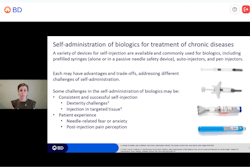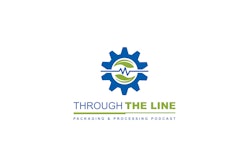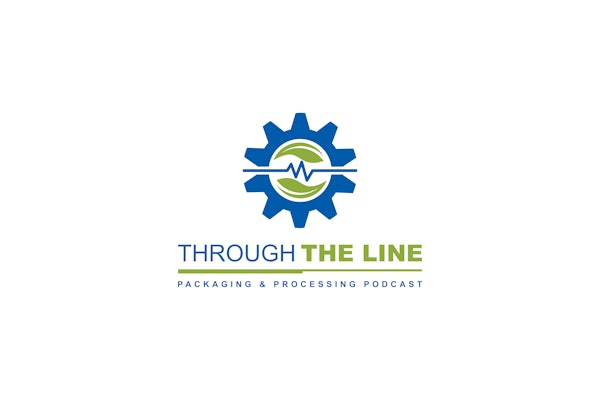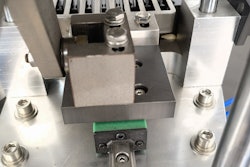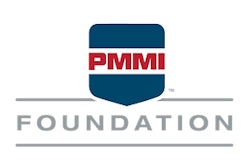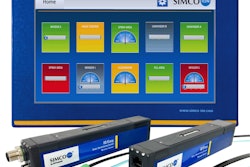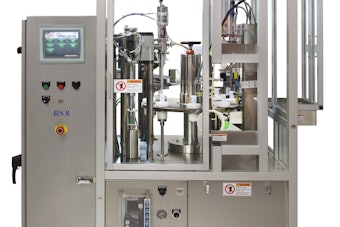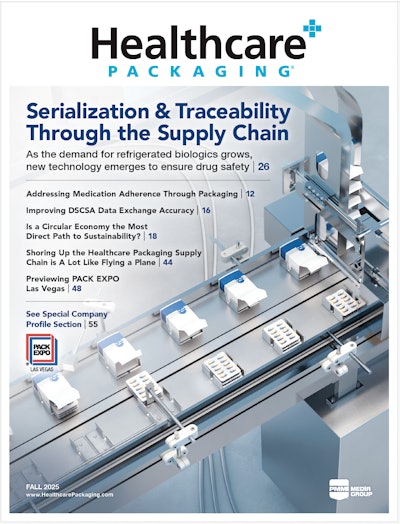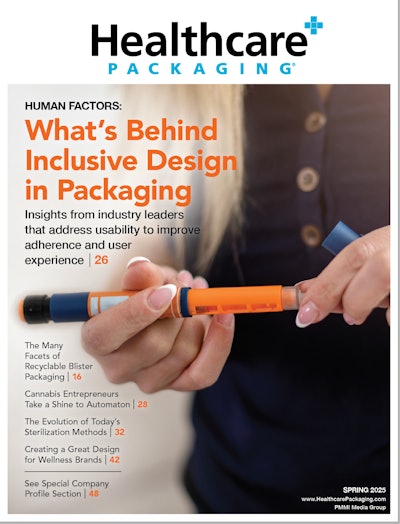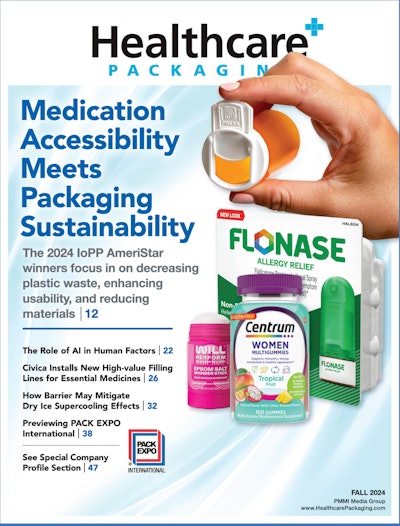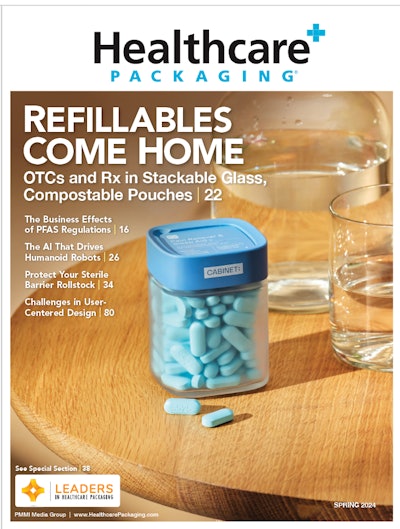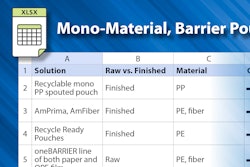Liz Cuneo: I'm looking at the press release that was originally sent out about the barcode assessment, which, you know, noticed a gap in the industry. So I wanted to ask you what the assessment did and what was the goal of it, and then, you know, what it revealed.
Beth Wells: Sure. So, you know, the problem statement that we started with was really around the fact that Unique device identification as a regulation caused brand owners to take very specific action to meet the identification of medical devices at all packaging levels.
We're 11 years down the road and it was really kind of like, well, if we build it, they will come and they'll start using this identification instead of catalog numbers or SKU numbers at the provider and patient level, but they built it and they didn't come. So we saw this delay and a continued delay in the adoption and use of those unique identifiers at the provider level and beyond, even at the at the patient level when appropriate.
So the problem statement was, well, why is that? How can we get those providers to use the information that these brand owners and manufacturers have now taken the time and the expense to put on every single medical device that's coming into their hospital or care area? We talked to a lot of providers, we have providers that are members of GS1 US and we continually heard things like, "Well, the barcodes don't scan, so we, we can't scan them. They're, you know, the quality isn't good or the data encoded in them isn't good."
Or, "There are so many barcodes on the label that we don't know which one to scan and in intense area like the operating room, we really don't have time to deal with it, so we just default back to our old way of doing things, which was not scanning, rather manual entry, or no entry, quite frankly.
So, you know, we really continue to hear these objectives and obstacles to scanning at that provider level, and we wanted to dispel that myth. Is that fact or is that myth because we had the brand owners going, look, man, it all works for us, but we have the providers going, it doesn't work for us. So we took this opportunity to go on. Site to in the industry what we called an integrated delivery network. That's a really fancy term for a provider system, so a group of hospitals that actually does their own inventory management. So they have a warehouse, they buy product, they store it in this large warehouse, and then they self-distribute to their network, to their hospital network.
So, That was a one-stop shop for us, right? We could go to that kind of an integrated delivery system and basically put hands on any kind of products that a hospital would use.
So we partnered with a member of ours who has that kind of supply chain set up. We went and spent three days on site and we scanned in a variety of areas so that we could make sure we touched all different types of products that would be used in that hospital care environment.
We spent a day in their central storeroom or their central warehouse. They call it a fulfillment center. It's just like a large distribution center. We spent a day in their, we spent a day and a half in their operating room inventory areas.
We spent another half a day in specialty areas like cath labs, or interventional radiology, and then we spent a few hours actually in, in the refrigerated area, even scanning lab type products.
Again, we wanted that kind of full spectrum of products that are used in patient care. So that was the objective, right? We wanted to dispel or prove out some of these myths so that we would have a starting point on how to start making progress at the provider scanning level.
Our previous investigation and research has shown us that providers self-identified as having the capability to scan 2D data matrix barcodes, linear barcodes, so that wasn't a perceived barrier.
They had the ability to scan and consume this information, it was more of an operational barrier that we were hearing.




